parent nodes: Artes plásticas | S001a Strickland, Arte Comendada
Os dez melhores quadros da história
vb. criado em 19/06/2013, 15h07m.
n.ed., v. S001a Strickland, Arte Comendada:
147 Eleitos em 1985 por um júri indicado pelo Illustrated London News como as maiores obras de arte da história:

Velázquez. As meninas, 1656. Clique no link para ver a imagem em tamanho maior:rel://files/velazquez_las-meninas_1_1338942629071.jpg
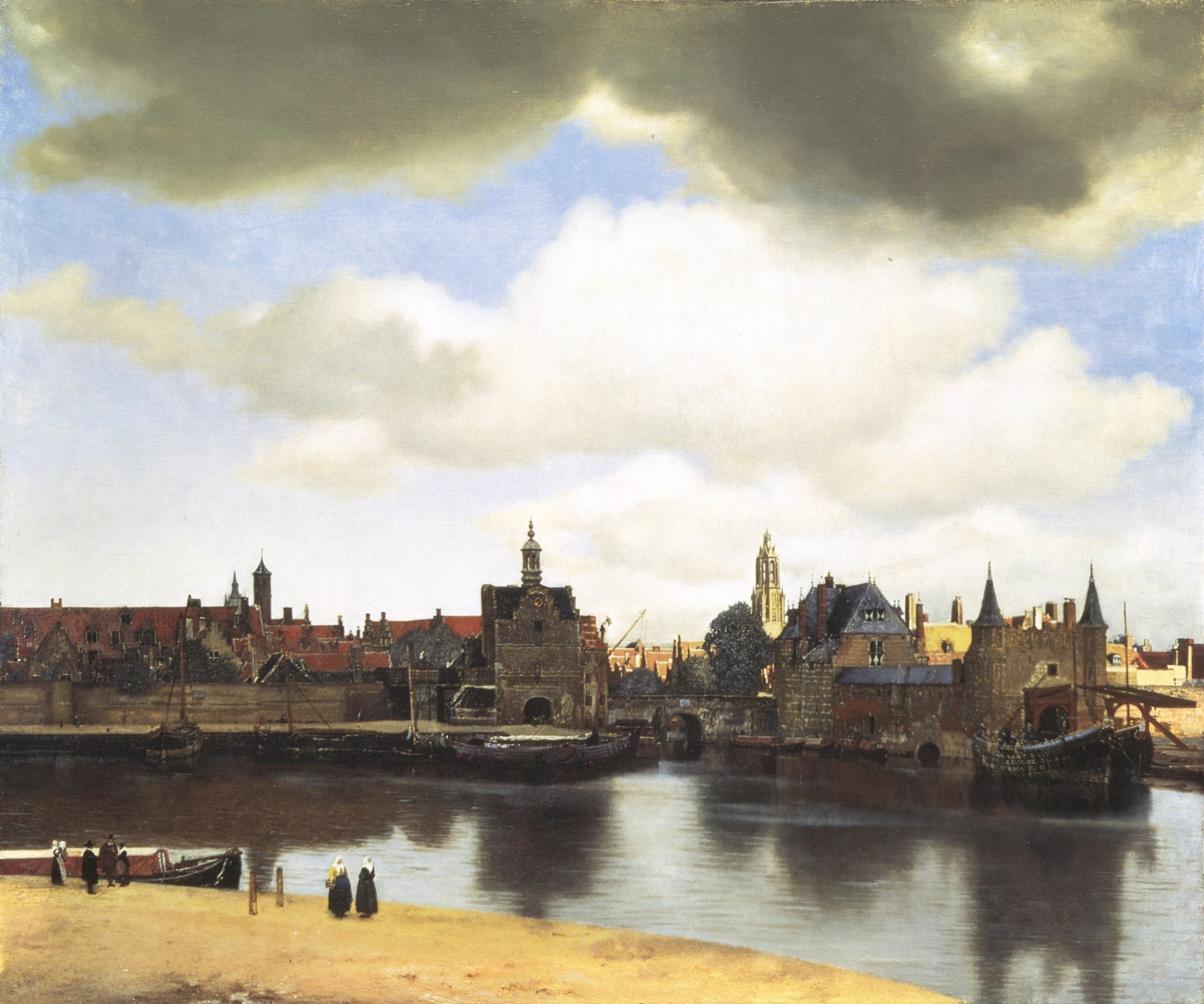
Vermeer. Vista de Delft. 1661. Clique no link para ver a imagem em tamanho maior:rel://files/Vermeer-view-of-delft.jpg
.jpg)
Giorgione, a tempestade. Apart from his larger commissioned works, most of what Giorgione painted was smaller paintings, designed for personal collectors to keep in their homes. This is one such piece, measuring 33 by 29 inches, commissioned by Gabriele Vendramin, a Venetian noble. It is said to be the first landscape in Western painting, and its symbolic implications are up to determination, as there have been many differing interpretations of its meaning. While some interpretations go so far as to indicate that the man and the woman represent Adam and Eve, the sucking babe Cain, and God in the form of lighting and the coming storm, others see no meaning in the work, and state that Giorgione had no particular story in mind while he was completing the work. Clique no link para ver a imagem em tamanho maior:rel://files/the-storm-1505(2).jpg
.jpg!HD.jpg)
Boticelli, a primavera, 1478. Clique no link para ver a imagem em tamanho maior:rel://files/primavera-1478(1).jpg!HD.jpg
.jpg!HD.jpg)
Piero della Francesca. A ressurreição (1460). This painting now resides in Piero della Francesca’s hometown of San Sepolcro, at the Museo Civico. The painting depicts the figure of Christ standing over four sleeping soldiers. The artist included a self-portrait in the figure of the sleeping soldier who is dressed in brown. During World War II, the city of San Sepolcro was supposed to be bombed, which would have destroyed the painting. But, the pilot of the bomber plane, Captain Clarke, who had read Aldous Huxley’s reports that The Resurrection was the greatest painting in the world, remembered that the painting was held in San Sepolcro. He ordered his men to stop the bombing, this saving the painting and the town from annihilation. After the fighting was over, it was determined that the Nazi soldiers had already left the area, and so the bombing wasn’t necessary. Captain Clarke was regarded as a hero, and the city of San Sepolcro named a street after him as a symbol of their gratitude. Clique no link para ver a imagem em tamanho maior:rel://files/the-resurrection(1).jpg!HD.jpg
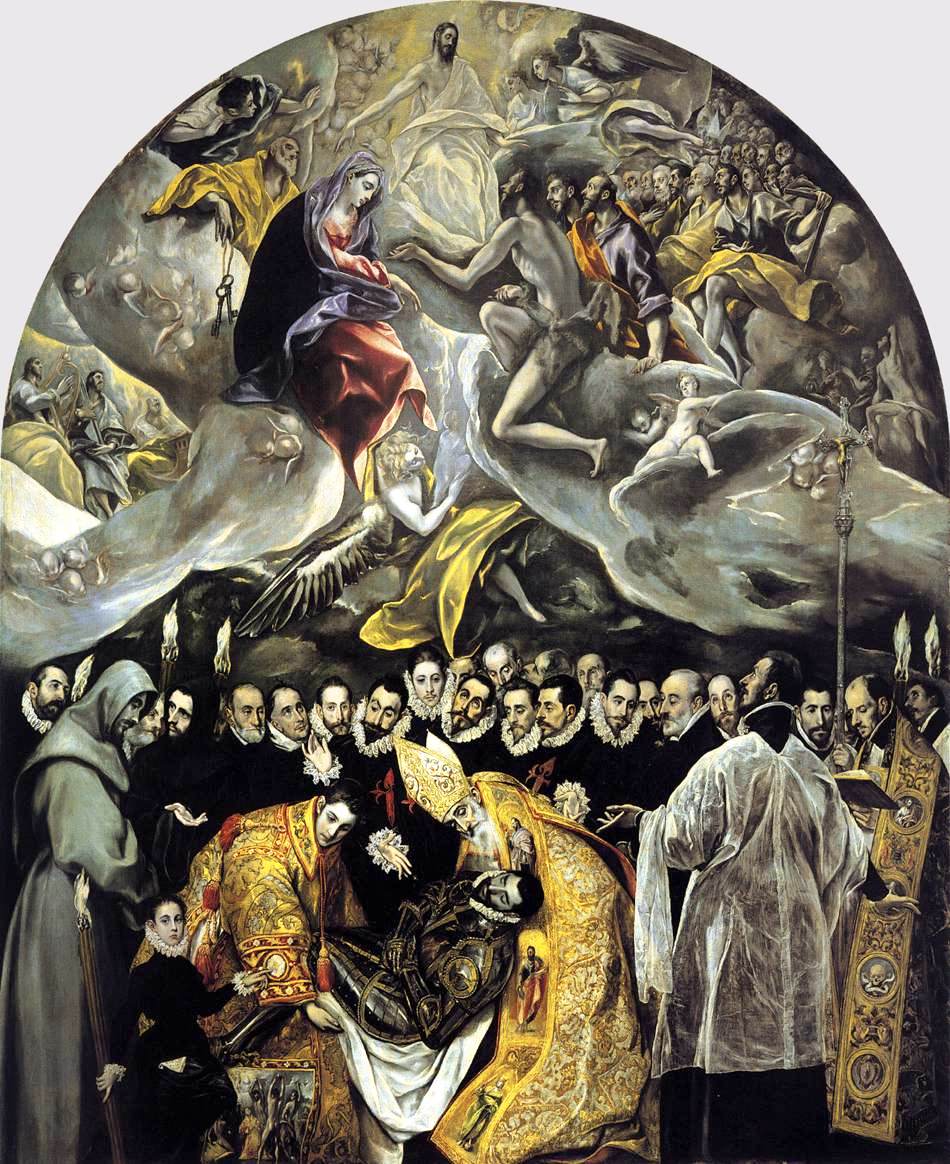
El Greco. O enterro do Conde de Orgaz (1587). The Burial of the Count of Orgas is widely considered one of El Greco’s masterpieces. The painting depicts a popular legend, regarding the Count of Orgas, who was a pious man, and who upon his death left a large sum of money to the church. The legend tells that Saint Stephen and Saint Augustine descended from heaven at his funeral and buried them with their own hands. Andres Nunes, the parish priest of Sao Tome, was the commissioner of the work, who intended it for a project to refurbish the Count’s burial chapel. According to the commission, the observers of the burial were to be portraits of the notable men of Toledo at the time. The successful inclusion of a gallery of portraits of prominent men secured its esteem, and helps to rank El Greco as a master of his time. Clique no link para ver a imagem em tamanho maior:rel://files/the-burial-of-the-count-of-orgaz-1587.jpg
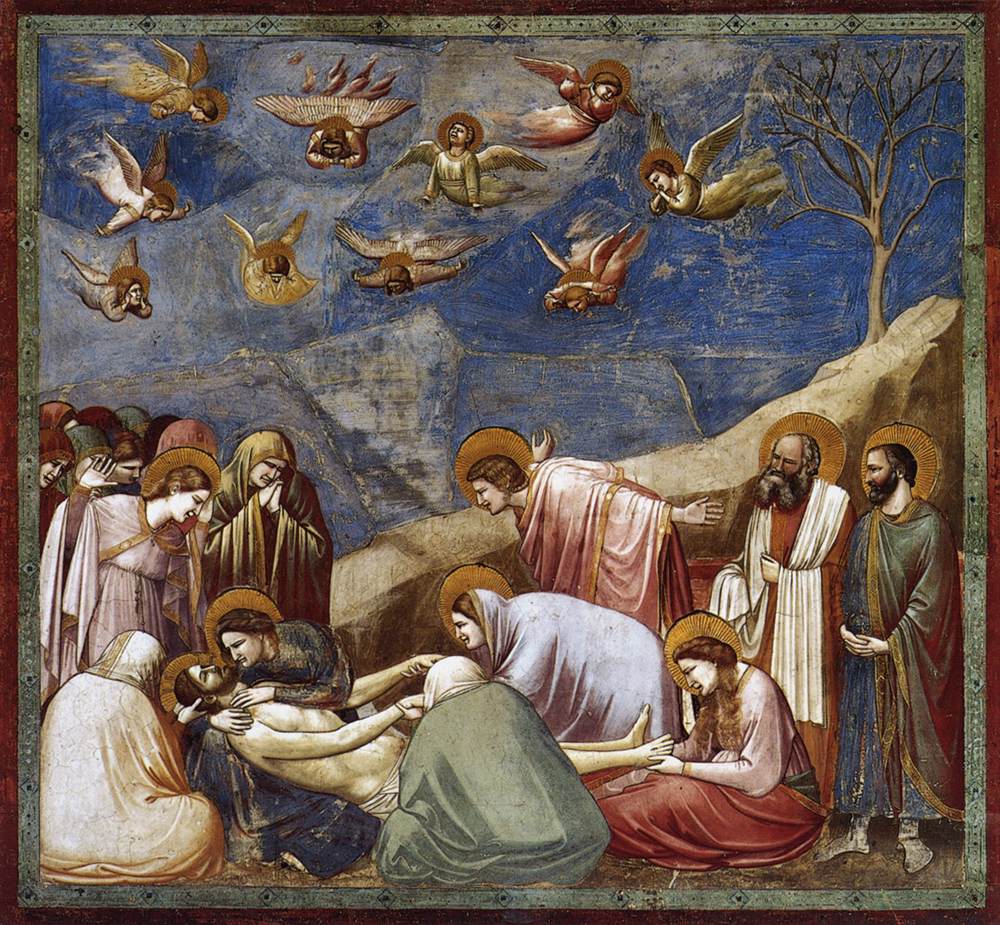
Giotto, a lamentação, 1306. This fresco beautifully exemplifies Giotto’s break with Byzantine techniques. He creates a highly emotional story with the combination of elements of traditional Byzantine paintings, such as the dimensional layout and iconography, with his stylized faces showing an emotional response to the death of Christ. The result pulls the viewer into the scene by inviting them to witness the pain and anguish of the Lamentation. You can almost hear the sobs of the women and the shrieks from the angels above. This realistic depiction of emotion on human faces set him apart from other artists of his day, turning Christ and his followers into real human beings with real emotion. Clique no link para ver a imagem em tamanho maior:rel://files/lamentation-the-mourning-of-christ.jpg
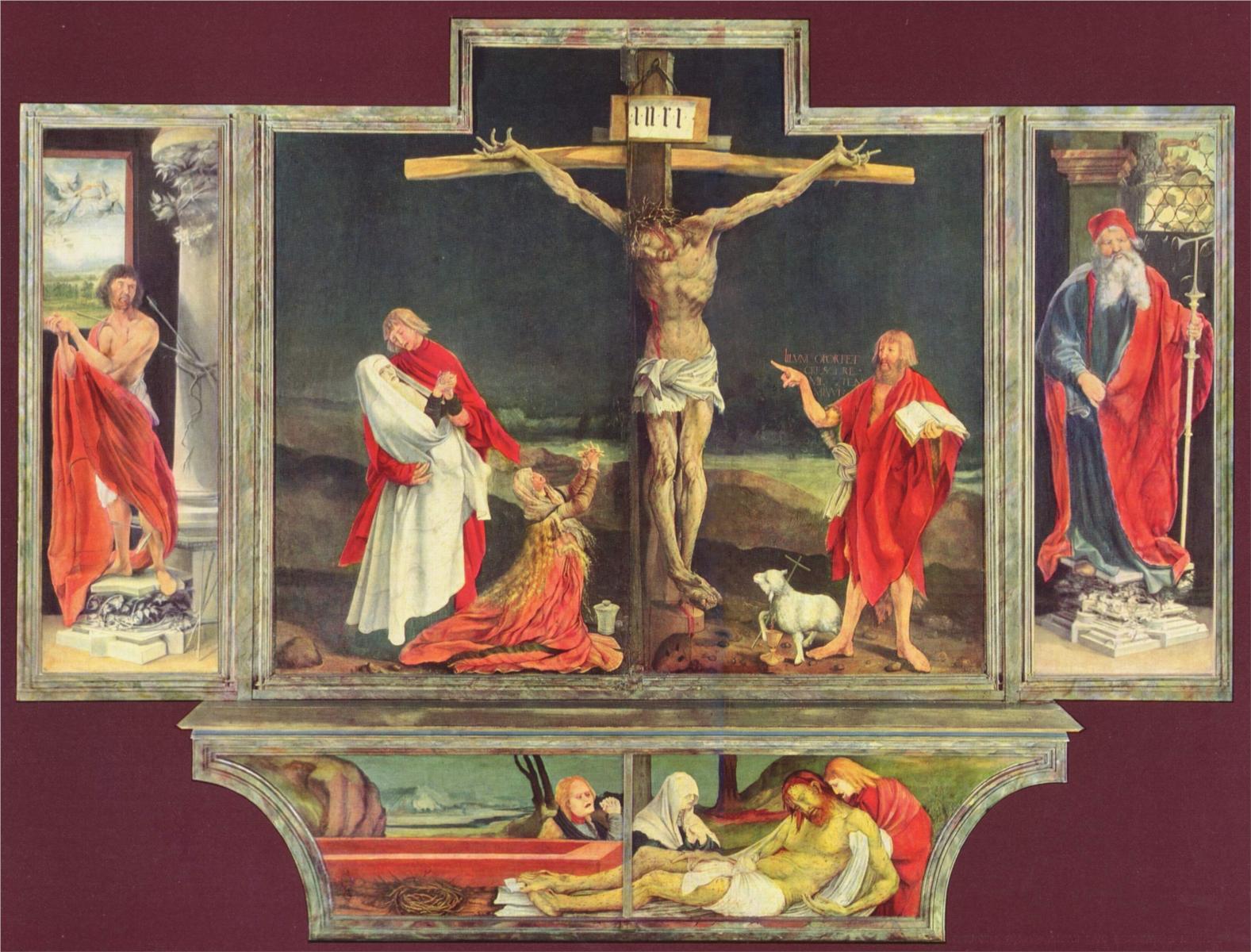
Grünewald, o altar isenhein. Clique no link para ver a imagem em tamanho maior:rel://files/the-isenheim-altarpiece.jpg!HD.jpg
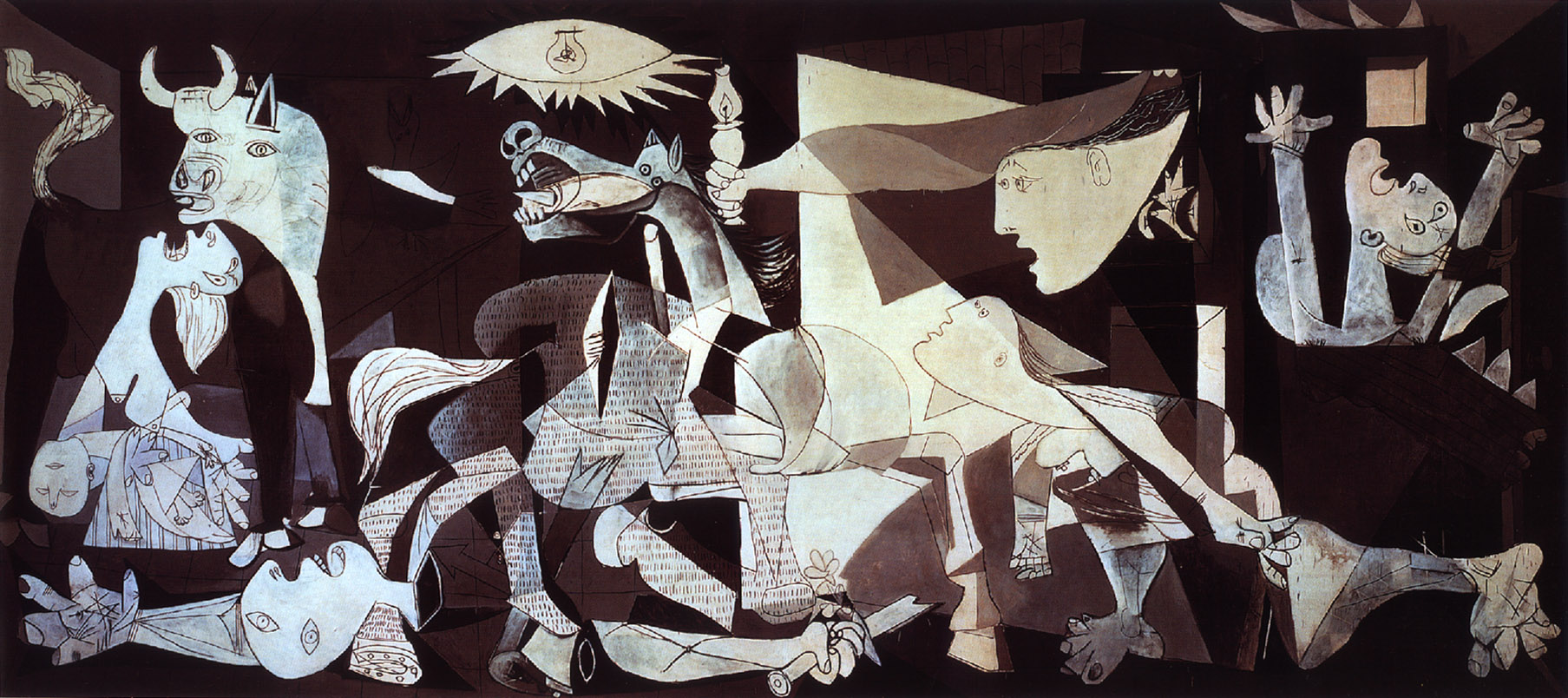
Picasso. Guernica. 1937. Clique no link para ver a imagem em tamanho maior:rel://files/guernica_pablo_picasso.jpg
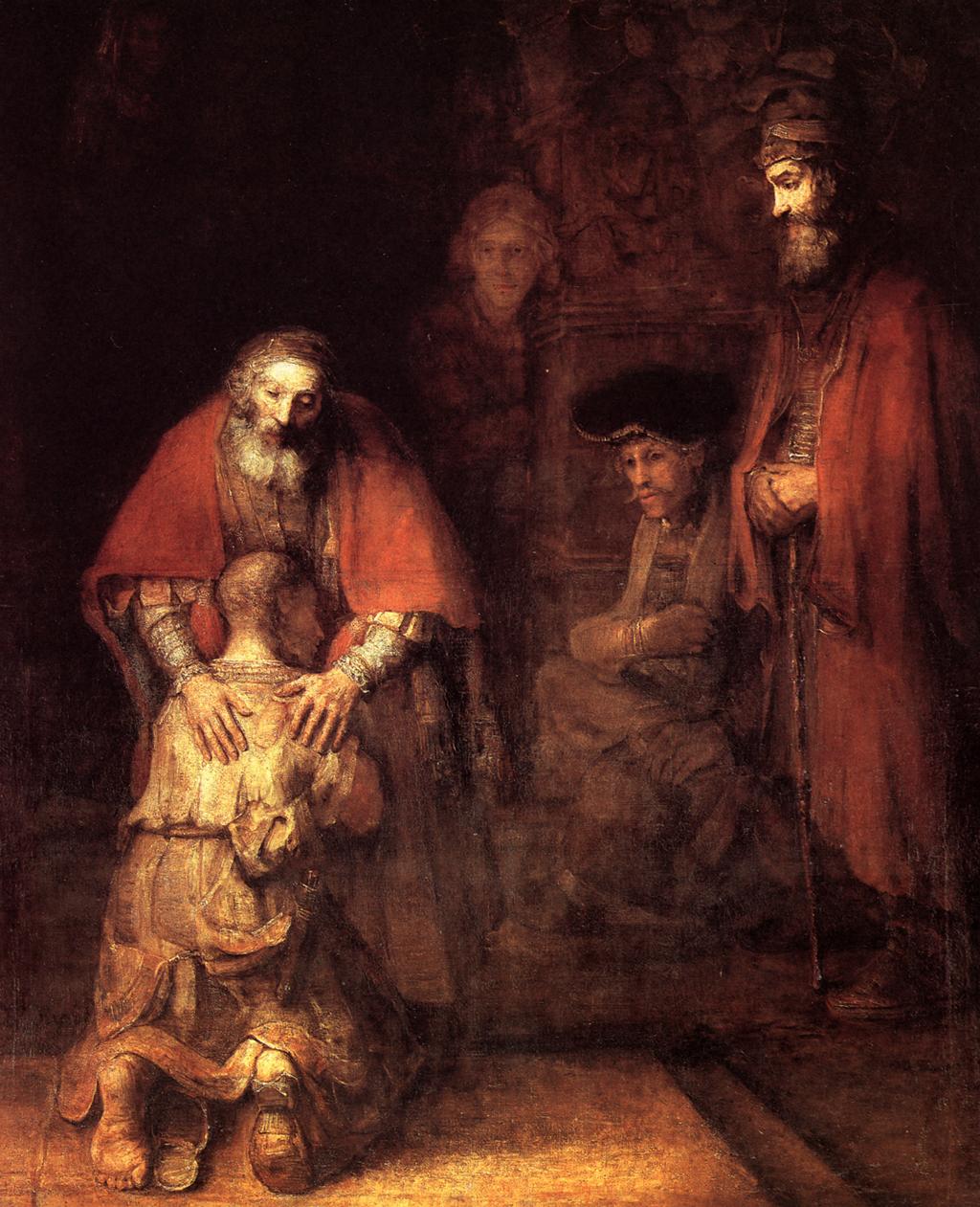
Rembrandt, a volta do filho pródigo, 1669. Clique no link para ver a imagem em tamanho maior:rel://files/the-return-of-the-prodigal-son-1669.jpg
ENCYCLOPAEDIA V. 51-0 (11/04/2016, 10h24m.), com 2567 verbetes e 2173 imagens.
INI | ROL | IGC | DSÍ | FDL | NAR | RAO | IRE | GLO | MIT | MET | PHI | PSI | ART | HIS | ??? 

.jpg)
.jpg!HD.jpg)
.jpg!HD.jpg)




